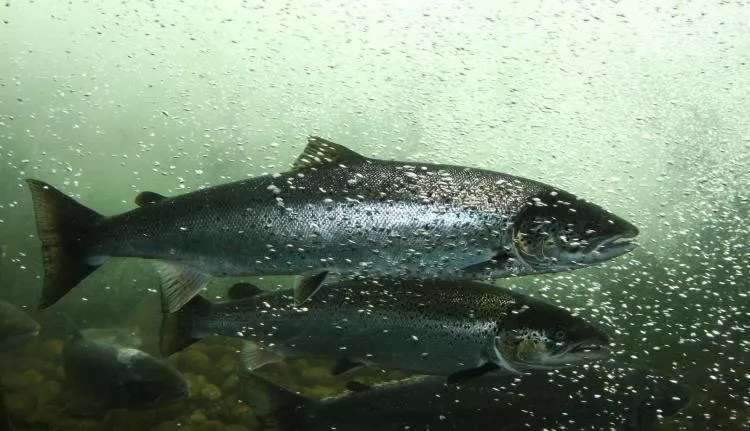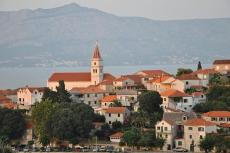Salmon may have inner compass
How do how salmon navigate across thousands of miles of the open ocean? A new study may offer a clue to the fishes' homing strategy
In the study, scientists examined 56 years of fisheries data documenting the return of sockeye salmon to the Fraser River in British Columbia – and the route they chose around Vancouver Island showed a correlation with changes in the intensity of the geomagnetic field.
Salmon originating from Oregon that has spent two to four years in the northern Pacific Ocean off Canada or Alaska would return as adults, the scientists speculate, journeying southward off the coast until they reached a magnetic field intensity similar to that of their youth.
Earth has a predictable, consistent geomagnetic field that weakens as you move from the poles toward the equator. The magnetic North Pole has an intensity gradient of roughly 58 microteslas, while the equator is about 24 microtesla.
Vancouver Island provides a natural laboratory for the study of salmon, the researchers point out. Salmon returning to the Fraser River must detour around the massive island to reach the mouth of the river, choosing a southern or northern route. In their study, the scientists found that the "drift" of the geomagnetic field correlated with which route the salmon chose.
When the normal intensity level for the Fraser River shifted to the north, the sockeye was more likely to choose a northern route for their return. When the field shifted slightly south, they chose a southern route.
That should get them to within 50 to 100 kilometres of their own river system and then olfactory cues or some other sense kicks in.
What we think happens is that when salmon leave the river system as juveniles and enter the ocean, they imprint the magnetic field – logging it in as a waypoint
Nathan Putman, Oregon State University, lead author of the study
- Log in to post comments
























